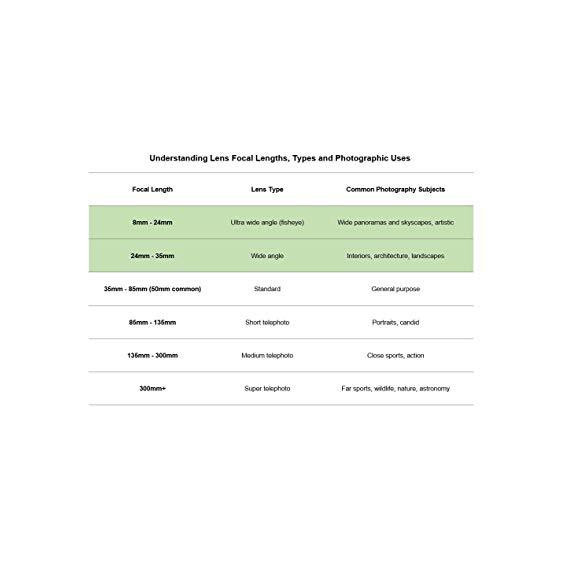PD
Canon EF 16-35mm f/4L IS USM Lens
B00K8942SO

Serving customers for more than 35 years, Adorama has grown from its flagship NYC stor...
City: US, Pasadena
Delivery
DHL express - Fast
1 day, Door-to-Door, Courier Delivered
from 26$
Pickup at your own expense
Tomorrow from 09:00 to 20:00, Store location
Free
Payment options
Cash, bank card, credit/installment payments, cashless payment for legal entities
Warranty and returns
Exchange/return of products of proper quality within 14 days
Official manufacturer's warranty: 12 months
Features
Compatible Camera Mount
Canon EF
Focus Type
Ring-type ultrasonic
Item Dimensions
4.45 x 3.27 x 3.27 in
Item Weight
1.36 lbs
Lens Type
Wide Angle
Description
This fits your .
Reviews
Allen Clark
Trowski
Craig
hotdog12
Dmitriy
N. Markova
Julius Caesar
Zachary Cowan
L. H
Showing 10 of 20 reviews
Please sign in so that we can notify you about a reply









